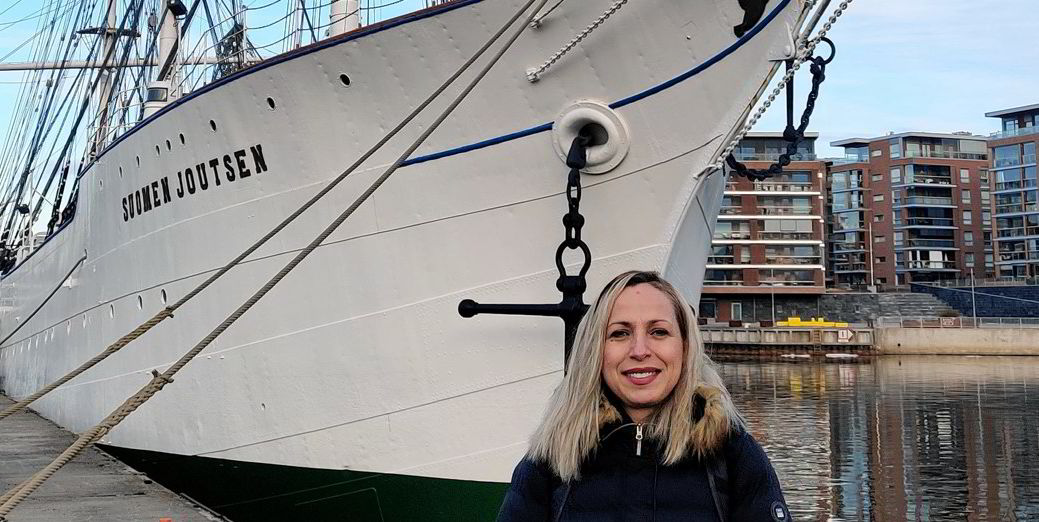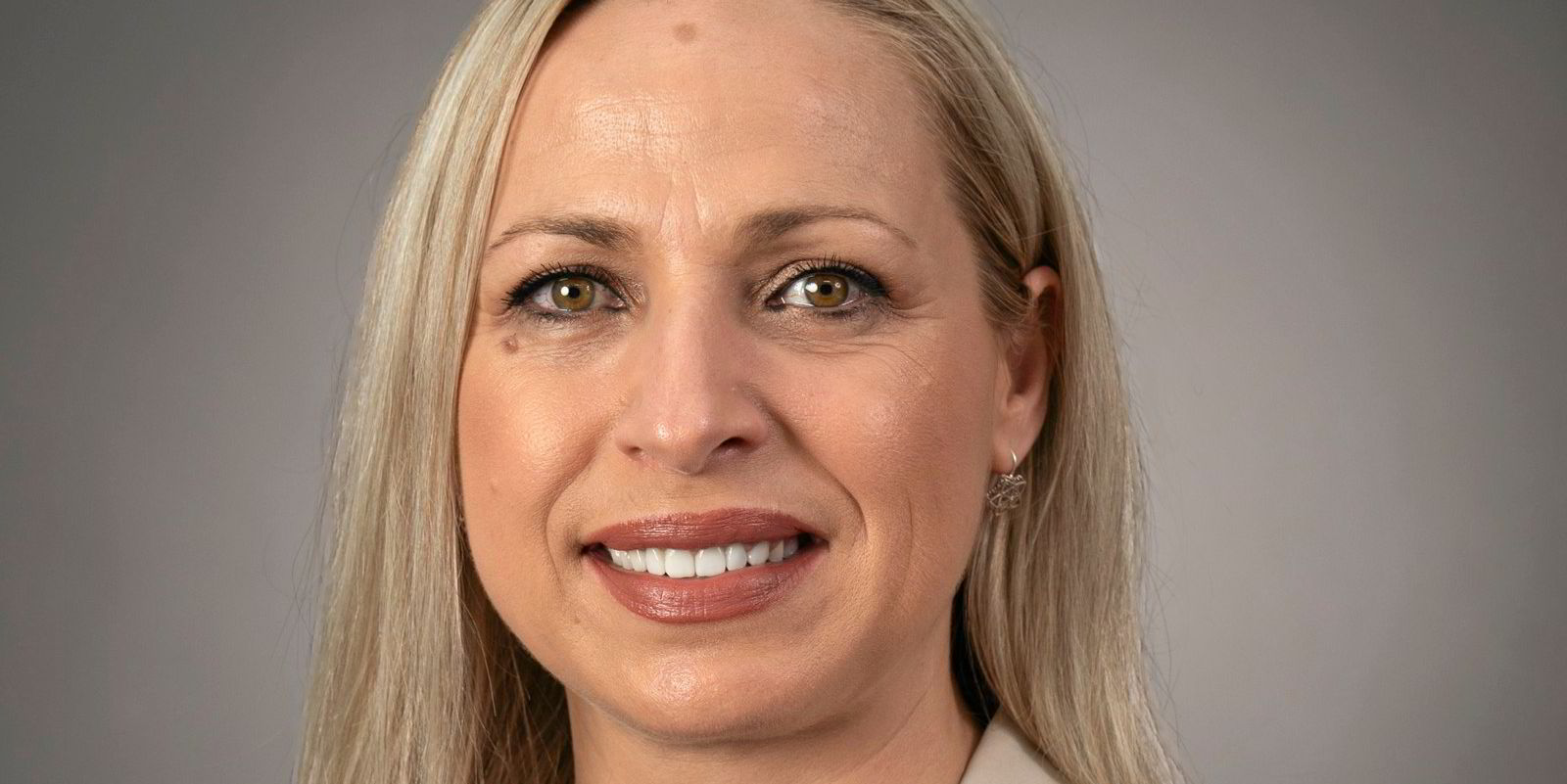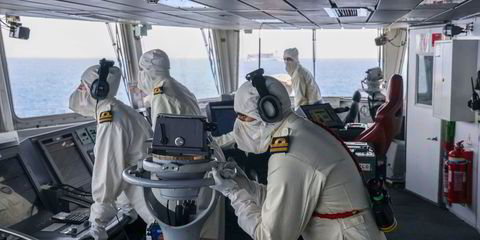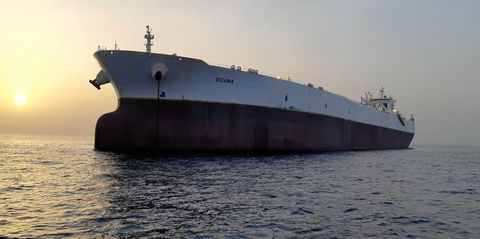Shipping needs to create a global standard for vessel life-cycle assessments (LCAs) to ensure unbiased results, a leading ship designer warns.
Shqipe Buzuku, of Finnish ship design firm Deltamarin, said interest in LCAs is growing from financiers and other stakeholders.
But the cradle-to-grave measure of shipping emissions will need to be validated by a third party to ensure credibility, she argues.
“Implementing a global standard with guidelines and instructions from class and/or the International Maritime Organization would be very helpful,” she told TradeWinds.
Buzuku argues that LCA can empower shipowners to reduce emissions at the early design stage, which she believes may soon be obligatory.
But as there are no existing shipping-specific databases, Deltamarin has begun to build its own.
“Our results are pretty objective, but for credibility in future all LCAs will have to be validated by a third party,” she added.
LCAs are designed to help shipping companies measure and prove their complete emissions picture.
Deltamarin is initially focused on operational LCAs for new designs to measure the environmental impact and carbon footprint assessment of the operational phase of a vessel.
Regulatory norm
Performing operational LCAs on new designs will be the regulatory norm within 10 years, according to Buzuku.
“That will likely be extended to cover construction and recycling, including all the materials and equipment that go into a vessel,” she said.
“This is positive as it will ensure responsible behaviour and banks may refuse to finance ships without an LCA detailing their full impact.”
While fuel LCA is already being assessed by the IMO, taking operational LCAs into account at the early stage of the design process could produce better results, she said.
But fuel selection is also critical because the operational phase represents 80% to 90% of the vessel’s life-cycle environmental impact.

“Fuel availability and cost remain the core drivers, but LCA and the well-to-wake footprint of each possible fuel will be increasingly important as banks typically prefer to fund sustainable vessels.”
Lots of potential
Buzuku argues that LCA will become the ultimate measure of a ship’s total environmental performance.
“In construction, this will include measuring the impact of electricity usage at shipyards and the footprint of materials and equipment, including energy use in steel production and materials’ logistics.
“LCA will likely also introduce a lot of new environmental impact considerations — for example, acidification of land around shipyards. Very little consideration is given to such things today.”
She expects that LCA may show a bias towards northern Europe, where yards have access to cleaner energy. “Some Asian yards will certainly have to clean up their act to stay competitive.”
Offshore first
Operational LCAs are expected to come in first in the offshore sector serving renewable energy production, where there are more enquiries than from mainstream owners.
“Nobody is using it right now as a basis for decision making but there is a lot of potential,” she said.
Buzuku remains confident that LCAs will be the ultimate measure of a ship’s total environmental performance, with the supply of equipment likely to be included in the measure.
“Regulating this all at once is impossible, but in the future you should only need to do one full LCA at the design stage, so modifications to the environmental impact of a ship can still be done. That is the logical end of the environmental path,” she said.
LCAs will be used to decide whether to replace an older vessel with a new one, or to upgrade an older one with a new engine to run on new fuel, especially given the challenges in quantifying the building and scrapping phases properly.
“One should also be mindful of the overall environmental impact if we build more (and often bigger) vessels.”







